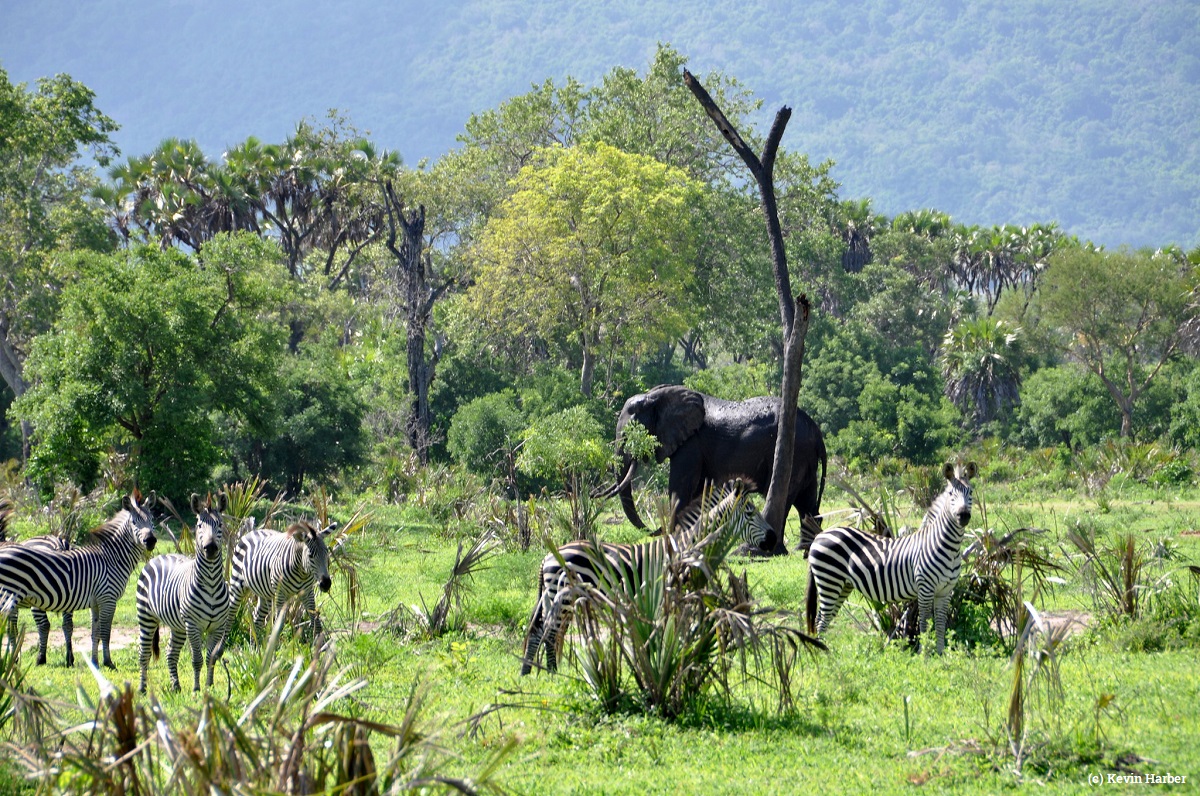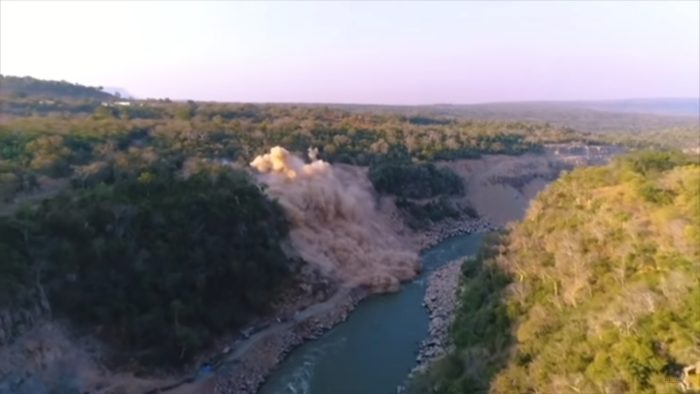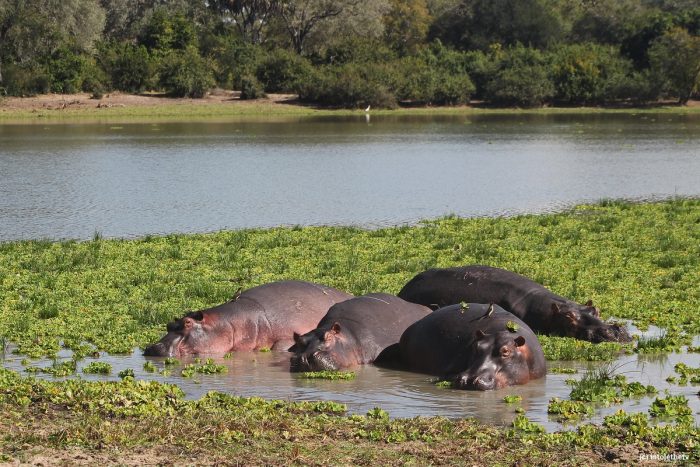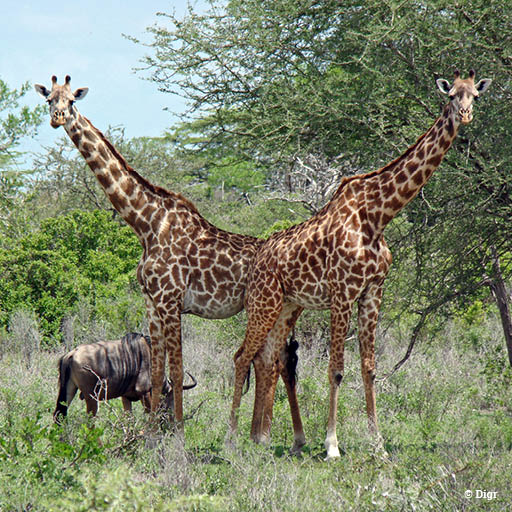World heritage be dammed: as reckless dam nears completion, Tanzania must not be let off the hook



Natural ‘world heritage’ is defined by the United Nations Educational, Scientific and Cultural Organisation (UNESCO) as being an area with features of outstanding universal value which, from the point of view of science, conservation or natural beauty, include the habitat of threatened species of animals and plants.
It’s therefore not surprising that Tanzania’s Selous Game Reserve – described by UNESCO as ‘an immense sanctuary’ of more 50,000km2, constituting one of the largest protected areas in Africa and home to one of the most significant concentrations of elephants, black rhinos, cheetahs, giraffes, hippos, crocodiles and other species – has featured on the list of UNESCO World Heritage Sites since 1982.
But what is surprising is that the Tanzanian Government, after pushing to inscribe the Selous on the World Heritage List in recognition of its outstanding universal value, singlehandedly decided to greenlight a massive hydropower dam in the middle of the reserve, a decision which experts agree is pushing the area irreversibly close to an environmental catastrophe.

With World Heritage Day on Sunday (18 April), EIA reiterates its concerns over the Government’s decision to continue ripping apart the Selous and calls on governments around the world, as well as banks and financial institutions which have invested in the project, to show their support for protection of biodiversity and the integrity of the UNESCO World Heritage framework by condemning the recklessly destructive project.
Due to relentless elephant poaching, the Selous was added to the list of World Heritage in Danger in 2014 and in 2018, the UNESCO World Heritage Committee declared that the large-scale deforestation taking place to clear space for the construction of the hydropower dam was grounds for keeping it on that list.
The forthcoming 44th Session of the UNESCO World Heritage Committee is due to discuss whether the site will remain listed as in danger – or even be stripped entirely of World Heritage status. Throughout its history, UNESCO has only declassified two other sites of World Heritage status, indicating the seriousness of the situation.

Dam construction under way in the Selous
EIA’s campaign against the Rufiji dam has been threefold – raising public awareness, engaging with key governments and campaigning for investors in the project to divest from it.
We reported last year that Norway’s central bank had divested its shares from Elsewedy Electrics, citing serious concerns over environmental compliance; at least three other investors have since distanced themselves from either the construction companies or the banks financing the dam.
However, the stark reality is that construction of the dam is well on the way to completion. Experts, including the International Union for the Conservation of Nature (IUCN) as well as UNESCO and independent engineering specialists, have repeatedly called for the project to be stopped, although these warnings have fallen on deaf ears.
Worryingly, a comprehensive environmental impact assessment for the project was not carried out, as required under national law. Amid increasing concern among the international community over a crackdown on democratic freedoms in Tanzania, the environment minister Kangi Lugola went so far as to publicly threaten critics of the project with imprisonment.
 The Selous Game Reserve is home to countless of species, including endangered elephants, black rhino, hippos, giraffes and an estimated one-third of the global population of African wild dogs, attracting millions in revenue from tourism prior to the pandemic. It is a priceless area of rich biodiversity serving key ecological functions.
The Selous Game Reserve is home to countless of species, including endangered elephants, black rhino, hippos, giraffes and an estimated one-third of the global population of African wild dogs, attracting millions in revenue from tourism prior to the pandemic. It is a priceless area of rich biodiversity serving key ecological functions.
But the habitat of these species is now directly threatened by this multi-billion dollar dam. As well as disrupting migratory routes and introducing invasive species in and around the Selous, the project will also impact on water supply and the seasonal migration of fish in another protected area, the Rufiji Mafia-Kilwa Marine Ramsar Site.
Conservative estimates suggest the dam may affect the livelihoods of approximately 200,000 people, including farming and fishing communities.
Furthermore, the new roads leading to and from the construction site have now made this wilderness area even more accessible to wildlife criminals. More than 60 per cent of the Selous’ elephant population was lost to rampant poaching from 2009-14 and the dam now poses yet another risk to embattled savannah elephants, a threat made even more alarming in the context of the International Union for Conservation of Nature (IUCN) recently declared that both species of African elephants are closer to extinction than previously thought.
 Media coverage of Government visits to the site confirm that the dam is near-complete, with repeated assurances from Prime Minister Kassim Majaliwa that his Government will continue to finance the dam, despite independent assessments suggesting it will go well over budget.
Media coverage of Government visits to the site confirm that the dam is near-complete, with repeated assurances from Prime Minister Kassim Majaliwa that his Government will continue to finance the dam, despite independent assessments suggesting it will go well over budget.
With the river already diverted and the dam already 45 per cent constructed, it is clear that the Government of Tanzania continues to hold international and expert opinion in low regard and is instead bulldozing ahead.
What is less clear is the extent to which the untimely death of President John Magafuli last month will impact the project’s evolution.
At a bare minimum, EIA calls on the Government under newly appointed President Samia Suluhu Hassan to halt all project activities until an IUCN mission can assess the damage to the Selous Game Reserve, a mission first requested by UNESCO in 2016 and again by the World Heritage Committee in 2018 and 2019. With very little transparency around the impacts of the project and no clarity concerning any mitigating measures, the IUCN mission is crucial for the UNESCO World Heritage Committee to assess just how much of the Selous has already been irretrievably lost and is needed to inform any decision as to whether it should still be considered a World Heritage Site at all.

The Rufiji hydropower project jeopardises international policy frameworks such as the World Heritage Convention, which expressly forbids the construction of dams with large reservoirs inside World Heritage Sites.
This construction sets a dangerous precedent for future unsustainable infrastructure projects in other heritage sites and critical habitats.
In a world where the COVID-19 pandemic has shown the global community the importance of living in harmony with nature, we simply cannot afford for biodiversity-rich areas to be exploited and commercialised, or for scientific and expert opinion to be ignored.
On this World Heritage Day, EIA once again urges the Government of Tanzania to cooperate with the international community and take steps to stop the damage being inflicted on one of Tanzania’s – and the world’s – most precious gems.